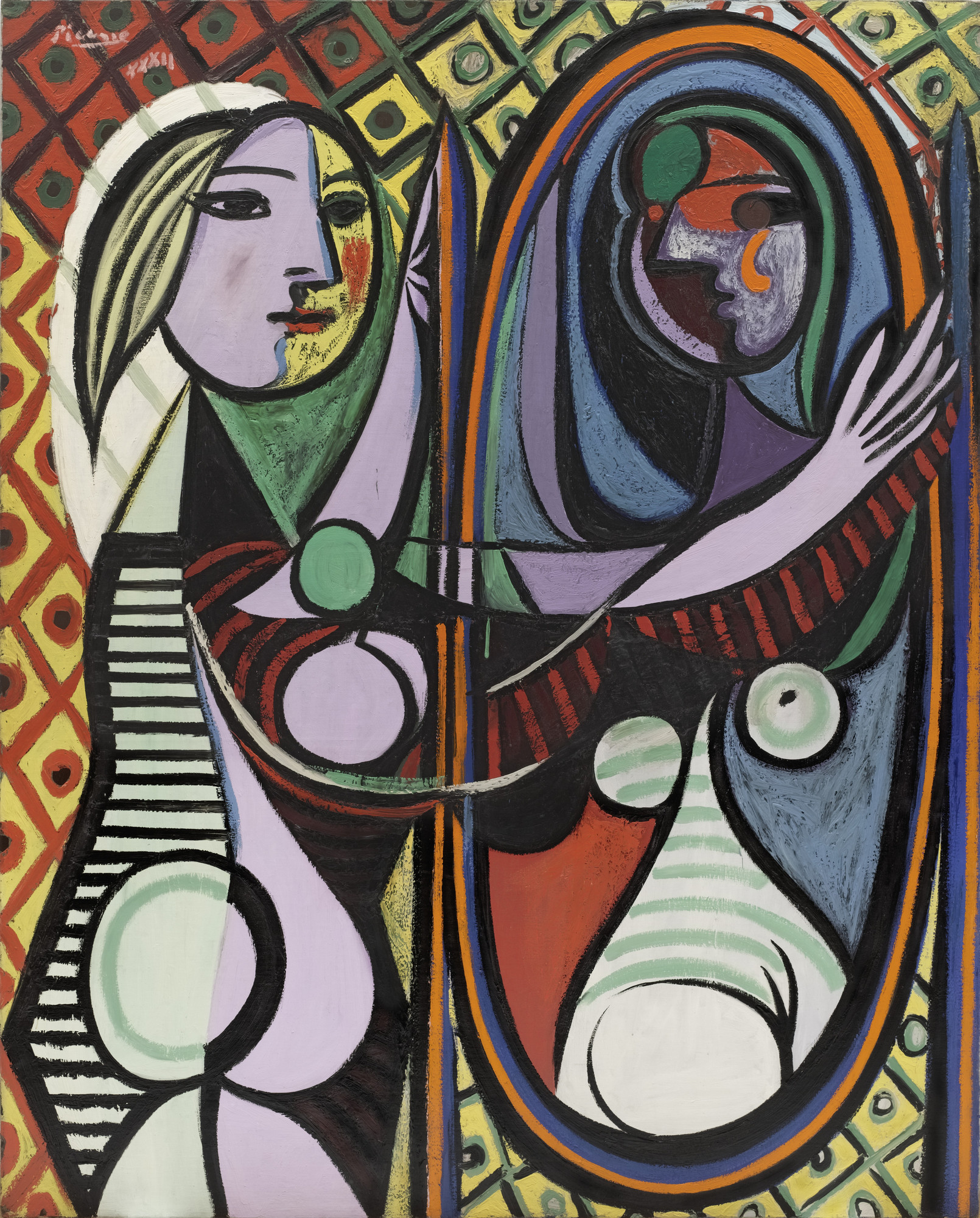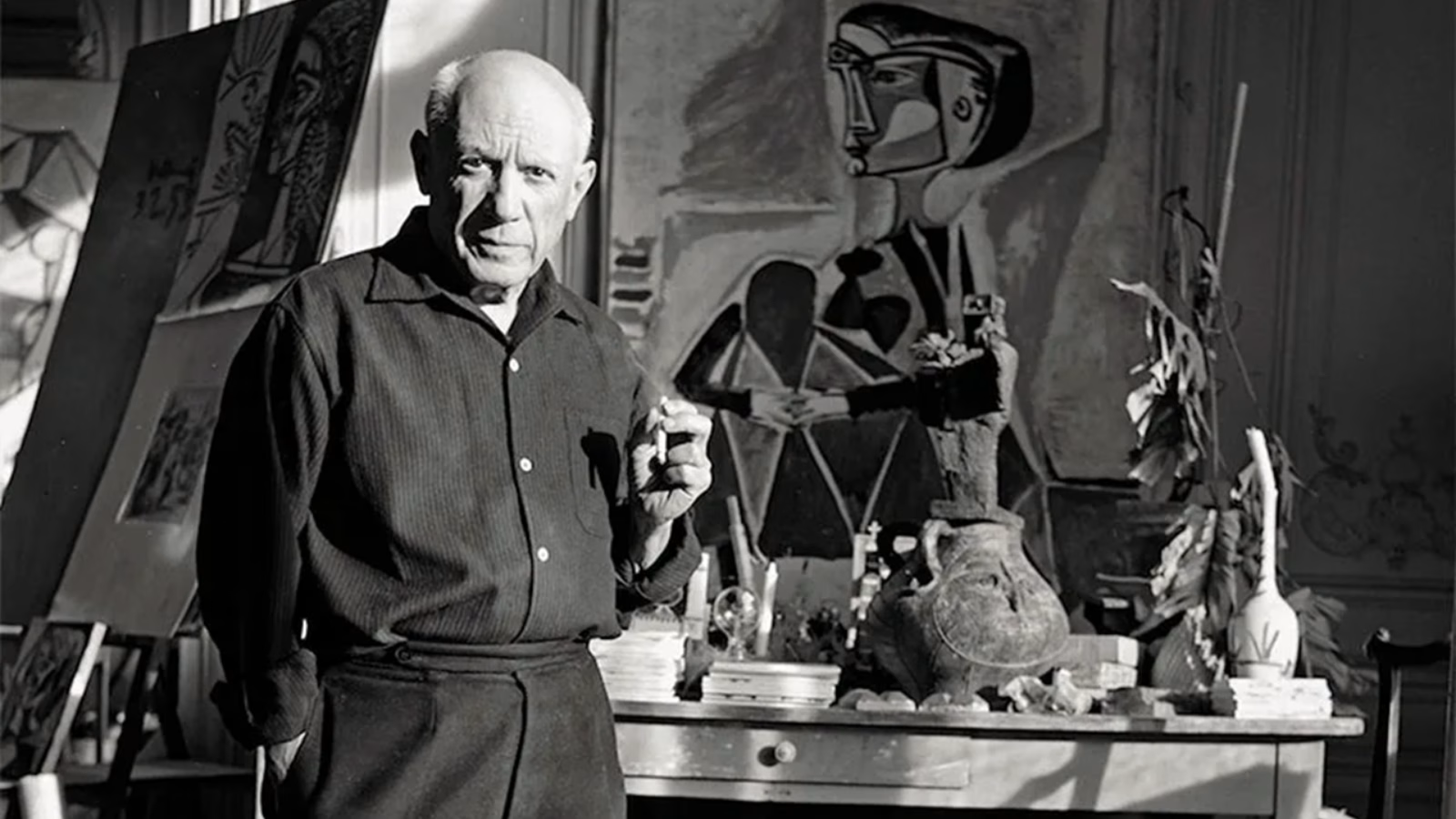Pablo Picasso is considered one of the most important artists of the 20th century. Many words can be used to describe his art, but one thing is certain: Picasso’s work pushed the boundaries of modern art and reshaped it. The boundlessness of his creativity carried him far beyond his time. Here are five of Picasso’s most iconic paintings and the deeper meanings of each:

1. Guernica (1937)
Perhaps Picasso’s most famous and powerful painting, Guernica was created in response to the Spanish Civil War and the bombing of the city of Guernica by Nazi planes. This massive black-and-white painting symbolizes the horror and tragedy of war. Picasso created a kind of chaotic and dystopian environment by stylizing the figures in this work. Guernica is considered a work of great historical significance, emphasizing the senseless violence of war and the suffering inflicted on innocent people. The figures in the painting, such as bulls, horses, women and children, symbolize the victims of war. This work is not only an anti-war manifesto, but also shows how Picasso used his art to offer an in-depth approach to social and political issues.
2. Les Demoiselles d’Avignon (1907)
Les Demoiselles d’Avignon, in which Picasso laid the foundations of the Cubism movement, is the symbol of revolutionary changes in his art. This painting rejected the traditional understanding of perspective and recreated the figures with multi-angled and geometric shapes. In this work of the Spanish artist, five naked women are depicted with different perspectives and broken lines. Les Demoiselles d’Avignon caused a great upheaval in the art world and shocked many viewers. However, over time, this work has been recognized as one of the most important milestones of modern art. Picasso created a new language here by breaking the traditional understanding of art, abstracting the figures and destroying the perception of depth.

3. The Weeping Woman (1937)
Picasso’s The Weeping Woman has a parallel theme with Guernica and deals with the emotional and psychological effects of war. This work depicts the destruction caused by the war through human figures. The female figure in the painting emerges as a symbol of pain and fear. Picasso depicts this woman with great tears and deepens her mood with each line and shade of color. The Weeping Woman is not only an anti-war painting, but also a work that aims to go deeper into human psychology. It is a masterpiece that shows how Picasso can express human pain and trauma in an abstract way.

4. Girl before a Mirror (1932)
Picasso’s Girl before a Mirror reveals his interest in female figures and how he transformed them. The woman in the painting stands in front of a mirror and observes herself. However, the reflection she sees in the mirror has taken on a kind of abstract appearance rather than reflecting reality. Picasso subverts the traditional understanding of portraiture by symbolizing both the woman’s inner world and her physical appearance. The inner meaning of the work symbolizes the woman’s search for identity and confrontation with herself. The face seen in the mirror offers a perspective not only on the external world but also on the psychological state of the individual. Girl before a Mirror demonstrates how Picasso treated women not only in an aesthetic but also in a psychological dimension.

5. The Old Guitarist (1903-1904)
Picasso’s The Old Guitarist is one of the most powerful examples of his Blue Period. In the early 1900s, Picasso was deeply depressed and his paintings from this period often reflect loneliness, poverty and pain. The Old Guitarist depicts an old man playing his guitar, resting it on one shoulder. The old age and seriousness of the man conveys a meaning of loneliness and how man will disappear over time. The blue tones in the work increase the emotional intensity and show how Picasso creates an emotional connection while deeply processing social exclusion and inner restlessness. This work is remembered as an example of Picasso’s art that reveals the darkest and most complex aspects of the human soul.
Pablo Picasso’s art has influenced and shaped every aspect of modern art. His works are not only visual, but also philosophical and social. From Guernica to Les Demoiselles d’Avignon, each of his works has left deep traces of how the artist saw himself, society and the world. Picasso’s paintings are not only works of art, but also complex and multi-layered reflections of the human condition. These five paintings help us understand Picasso’s artistic evolution and the revolutionary innovations he brought to the modern world.















